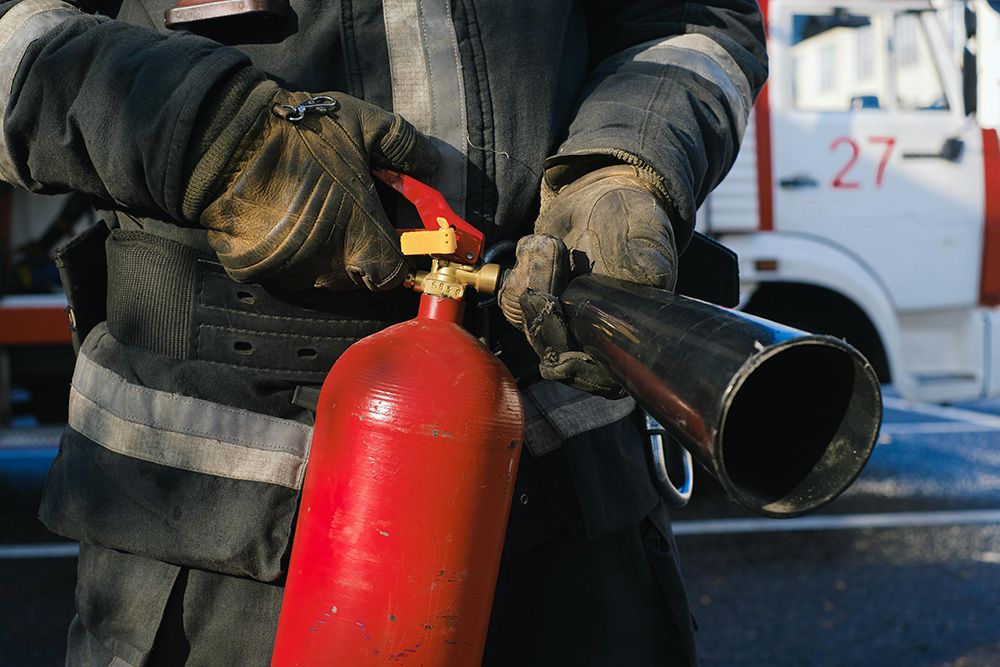
Fire Extinguishers and Their History
Fires are a constant hazard for buildings, causing tremendous damage in both human lives and property costs. Fortunately, however, as technology advances, so too do methods of effective indoor fire fighting.
Today, almost every building is equipped with a fire extinguisher, designed to give the power and safety of fire prevention to all residents. What many people may not know, however, is that fire extinguishers were not always the safe and easy to use devices that we know them to be today.
Throughout history, many different forms of fire extinguishing were developed, ultimately resulting in innovations that led to the creation of fire extinguishers as they are now.
The First Fire Extinguishers
The first organized and practical fire extinguisher was originally a pressurized vessel that was designed to spray water over the fire. Later on, additional chemicals and liquid elements were added to help combat fires. Older extinguishers were made with baking soda and water, and inside, a container of sulfuric acid was later positioned to create a chemical reaction that would send the water rushing out to meet the fire. However, as you can imagine, such a device was cumbersome, and its design was not something that could be used every day to effectively fight fires.
Modern Fire Extinguishers
Now, modern fire extinguishers exist with a very efficient design that allows for chemical or water bases to be expelled from a nozzle, directly onto the fire. Water fire extinguishers are designed to provide a pressurized blast of air and water at the fire, made with a squeeze grip handle that operates the spring loaded valve, which extends into the pressure cylinder of the design.
With foam extinguishers and dry powder extinguishers, similar principles are used, and the chemicals are stored in pressure containers where they can be expelled as needed. Innovations over the years have ensured that our fire extinguishers are safe and practical, and it is no surprise that so many buildings always have one on hand.
Be sure to read more on how to use a fire extinguisher and the importance of recharging them after use.
Need a fire extinguisher recharge or refill? Give us a call at 972-253-3456 or stop by our Irving location!